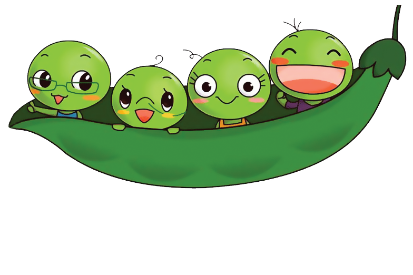APPENDIX 5: Feeding Equipment
Table 21: Feeding Equipment
Adapted from (NSW Office of Kids and Families, 2016)
|
There is a broad range of specialized feeding equipment on the market including nipples and soothers, cleft palate nipples and bottles, cut away cups etc. Below is a list of the feeding equipment discussed within the CPG including features and examples of the identified items. |
Sensory and oral motor
When selecting sensory and oral sensorimotor items, consider the following:
- stimulates a more active sucking pattern
- works towards reducing hypersensitivity in the mouth
- increases tolerance for food textures
- reduces the strength of the tonic bite reflex
- increases acceptance of objects in close proximity to the face and mouth
- increases oral experience and exploration for the purposes of addressing tongue, lip, and jaw movements
- Increases oral organization
|
Features |
Examples |
|
Sensory awareness toys Some toys build simple awareness of sensations in the mouth |
|
|
Sensory discrimination toys Other toys offer more complex sensory opportunities including variations in textures, smell, sound, or light |
|
|
Chewing practice Toys for chewing or mesh food bag for chewing on foods safely and increasing food exploration |
|
|
Pacifier/Soother When selecting a soother, consider the following:
|
|
|
Nipples Considerations when selecting nipples may include:
|
|
|
Bottles Considerations when selecting bottles may include:
|
|
Cups
When selecting, consider whether the cup:
- encourages optimum head position when drinking (e.g., can be tipped to get liquid at the lip without tipping the child’s head back)
- does not shatter or break
- gives the feeder a clear view of the child’s mouth
- provides a thick or rolled lip for extra stability
- provides a graded control of liquid flow
- is easy to hold and regulate liquid flow when held by an adult
- provides an appropriate physical shape and means of holding for a self-feeder
- is visually interesting to the child.
- option of single or dual handles
|
Features |
Examples |
|
Cup and mug holders |
|
|
Cups with handles/grips |
|
|
Cut out rims |
|
|
Cups with spouts/lids Some cups have internal valve that can be adjusted to reduce flow |
|
Straws
Considerations when selecting straws may include:
- yhe amount of suction required to draw the liquid
- a one-way valve to prevent the liquid from flowing back down the straw between sips
- length and width
- can be cut, bent or adjusted to accommodate child’s skills
- does not shatter or break if the child chews or bites on it
|
Features |
Examples |
|
Squeeze straw cups (e.g. Honey Bear) These types of straw cups allow for the straw to be loaded without suction, thereby reducing the amount of suction required to extract the fluid |
|
|
One-way straws |
|
|
Extendable straws |
|
Spoons
Considerations when selecting spoons may include:
- the bowl size for appropriate amount of food
- the bowl shape to best match and promote optimal oral motor skills
- metal spoons are covered, coated or have a plastic bowl for the child who is hypersensitive to the temperature or taste, or has a bite reflex
- the spoon does not shatter or break if the child bites it
- the length of the handle is appropriate for the feeder’s hand for dependent feeding and appropriate for the child’s hand for independent feeding
- adaptive handle to facilitate the child holding it independently
- appropriate weight and a pleasing texture for the infant or child to hold
- color and design to maintain the child’s attention
- moulded handles to promote secure grip handle
- angled spoons to accommodate a variety of movement patterns
|
Features |
Examples |
|
Shallow, flat or narrow bowls |
|
|
Handles which are textured, contoured, curved, built-up or looped |
|
|
Angled handles (left- and right-handed) |
|
|
Weighted spoons |
|
|
Shallow, flat, or narrow bowls |
|
|
Plastic coating |
|
Other Cutlery
Considerations when selecting cutlery may include:
- adaptive handles facilitate a child’s grip. Some handles may include a ridge to prevent hand slipping forward towards the spoon’s head
- if maintaining a grip on the handle is an issue, a hand strap with a slot to hold the handle
- the length of the handle is appropriate for the feeder’s hand for dependent feeding and appropriate for the child’s hand for independent feeding
- appropriate weight and a pleasing texture for the infant to hold
- color and design to maintain the child’s attention.
|
Features |
Examples |
|
Handles which are textured, contoured, curved, built-up or looped |
|
|
Angled handles (left- and right-handed) |
|
|
Elastic straps (either integral to the design or as a separate item) |
|
Plates/Bowls
Considerations when selecting plates and bowls may include:
- weight (e.g., a heavier plate is less likely to slip)
- a slip-resistant mat or built in suction cup to help to stabilize a plate or bowl
- a plate guard or lip to assist with the loading of the food
|
Features |
Examples |
|
High-sided plates and bowls |
|
|
Portioned plates |
|
|
Plate guards |
|
|
Slip resistant bowl |
|
Additional Resources:


















































